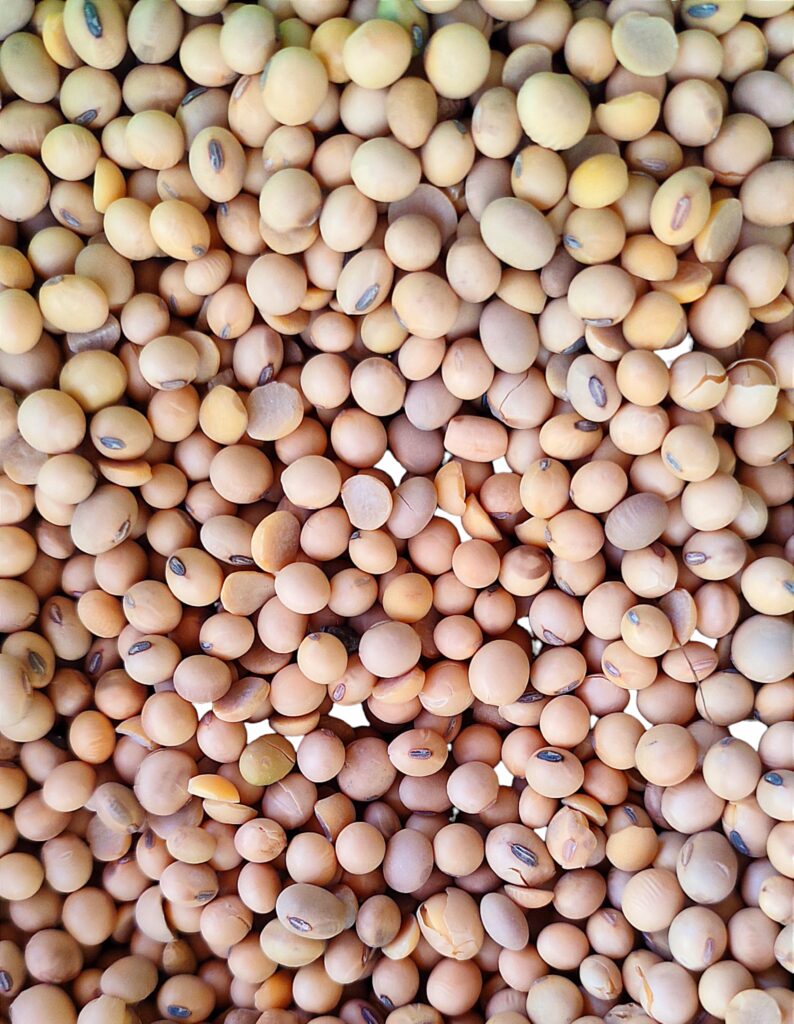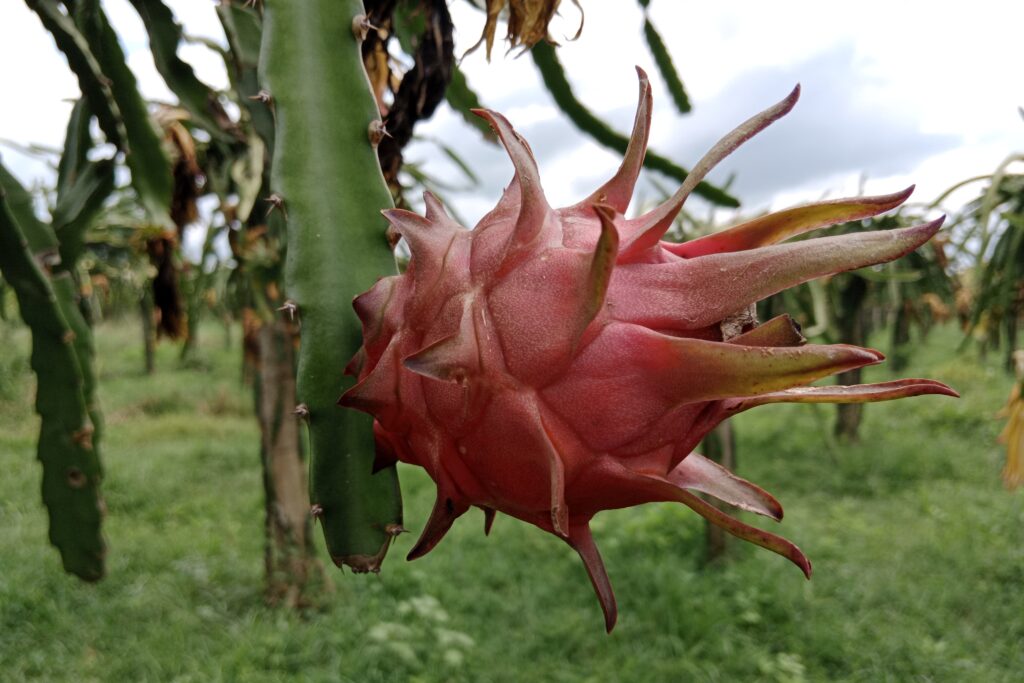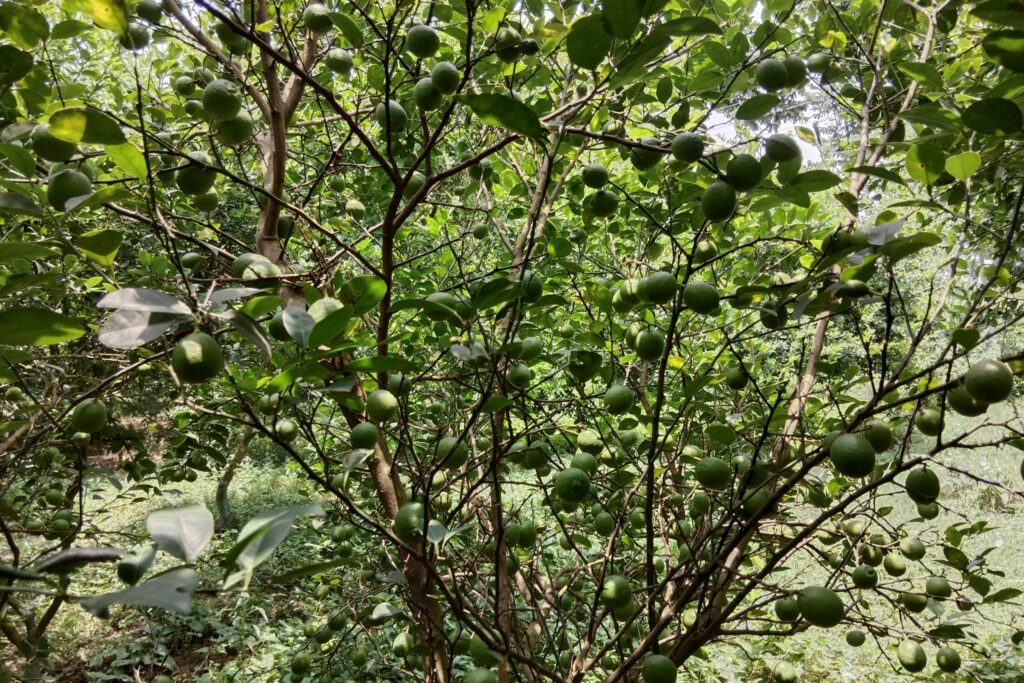Soybean Farming
Soybean farming profit per acre showcases significant potential, with an estimated profit of NRs. 77,000. This is calculated by subtracting the total cost of NRs. 43,000 from the total income of NRs. 120,000. The profit margin stands at approximately 64.17%, highlighting a strong return on investment. These figures demonstrate the economic viability of soybean farming, assuming optimal market prices and yields.

Land Preparation
Land preparation begins with initial deep plowing (15-20 cm) using a moldboard plow or disc harrow after the previous crop harvest, which buries residues, weeds, and exposes soil pests; this is followed by 2-3 cross-harrowings with disc harrows or tine cultivators to break down large clods, level the field, and incorporate any leftover organic matter or pre-emergence herbicides.
Achieving a smooth, level surface through final leveling is critical for uniform seed placement, germination, irrigation, and harvesting efficiency. Subsequent light planking or rolling helps conserve crucial soil moisture by reducing evaporation.
Alternatively, increasingly popular zero-till or conservation tillage methods, used where residue management permits, involve seeding directly into undisturbed soil or minimal disturbance strips using specialized planters, saving time and fuel while improving soil health.
Soil Type
Soybeans thrive best on well-drained, fertile loamy soils possessing good water-holding capacity and ample organic matter content; although they exhibit considerable adaptability, growing tolerably across a range from sandy loams to clay loams provided drainage is adequate.
However, they are highly unsuitable for poorly drained or heavy clay soils, as these conditions cause detrimental waterlogging, leading to root rot, impaired nitrogen-fixing nodulation, and significant harvesting difficulties. The optimal soil pH range is 6.0 to 7.5, though soybeans can tolerate slightly acidic conditions down to pH 5.5 and slightly alkaline conditions up to pH 7.8; they are also moderately sensitive to salinity and sodicity, making saline or sodic soils undesirable for cultivation.
Climatic Requirements
Here are the climatic requirements for soybean farming presented in a tabulated format:
| Climatic Factor | Specifics | Requirements/Tolerances |
| Temperature | Optimal Growing Range | 20°C – 30°C |
| Germination | Min. soil temp: 10°C (50°F); Optimal: 15-16°C (60°F); Frost-sensitive at all stages | |
| Flowering & Pod Setting | Critical range: 21-24°C; >35°C or cold snaps cause flower/pod drop | |
| Rainfall/Moisture | Total Requirement | 450-700 mm well-distributed over the growing season |
| Critical Periods | Germination/seedling emergence, flowering, and pod filling | |
| Stress Effects | Drought during flowering drastically reduces yield; Waterlogging is detrimental | |
| Day Length (Photoperiod) | Plant Type | Most cultivars are short-day plants |
| Flowering Trigger | Induced by shortening days after summer solstice | |
| Cultivar Classification | Maturity groups based on photoperiod sensitivity for specific latitudes | |
| Sunlight | Exposure Requirement | Full sun necessary for optimal growth and yield |
Major Cultivars
| Variety | Characteristics | Maturity (Days) | Harvest Period | Special Features |
| Agate | Very early soybean with light to dark brown seeds | 90 | Harvest after 90 days | Small-growing, abundant yield |
| Chiba Green | Delicious edamame soybeans | 75–90 | Harvesting is possible 75–90 days after sowing | Short maturing period |
| Envy | Up to 80 cm tall plants with shiny green beans | 75–100 | August to October | Dual use for edamame and dry beans |
| Fiskeby V | Light yellow soybeans | 75–100 | August to October | Crunchy and sweet edamame |
| Green Shell | Early and sturdy edamame soybeans | 100 | Mid-August to October | Short ripening time, extended harvesting window |
| Hokkaido Black | A bushy black soybean variety adapted to cooler regions | ~100 | Served during the Japanese New Year | Vigorous growth, used in desserts (kuromame) |
| SL 525 (2003) | Bright, cream-colored grains with light black (grey) hilum | 144 | Late October | Resistant to yellow mosaic virus; tolerates stem blight and root-knot nematode |
| SL 744 (2010) | Bright, light yellow grains with grey hilum | 139 | Late September | Resistant to soybean mosaic and yellow mosaic virus |
| SL 958 (2014) | Shiny, light yellow grains with black hilum | 142 | Early October | Highly immune to soybean and yellow mosaic viruses |
Seed Rate
A seed rate of 25–30 kg per acre is recommended for soybean cultivation, with seeds treated using Thiram or Captan at 3 grams per kilogram to protect against soil-borne diseases.
Planting
a) Planting Season
The optimal time for sowing soybeans is during mid-June, ensuring favorable conditions for growth and development.

b) Spacing
For optimal growth, soybean seeds should be planted at a depth of 3–4 cm with a spacing of 45 cm x 5 cm between plants. In drier areas or to accommodate farming equipment, wider row spacing may be used.
c) Planting Method
The seed drill is the most common planting method for soybeans, ensuring precise depth and spacing, and can be used with conventional or no-till drills. Alternatively, planters offer excellent seed metering and depth control, often incorporating precision technology for enhanced planting efficiency.
d) Number of Plants per Acre
The target final plant population is typically 179,866 plants per acre, determined based on the recommended spacing.
Irrigation
Irrigation is essential for soybean growth, particularly during critical stages like germination, flowering, pod development, and seed filling, ensuring healthy plants and optimal yields. Begin with irrigation immediately after sowing, followed by life irrigation on the 3rd day, and subsequent watering every 7–10 days in summer or 10–15 days in winter, depending on soil and weather. Avoid excess moisture, as water stagnation can harm the crop.
Fertilizer and Manure
| Nutrient/Manure | Details |
| Organic Manures | Farmyard Manure (FYM) or compost (2 tonnes/acre) applied before land preparation improves soil structure and nutrient availability. |
| Nitrogen (N) | Primarily supplied via biological nitrogen fixation (BNF) by Bradyrhizobium japonicum in root nodules. |
| Inoculation with a high-quality rhizobium strain is critical, especially in new fields or low-organic soils. | |
| Minimal starter N (8 kg N/acre) may be used in very poor soils. | |
| Phosphorus (P) & Potassium (K) | Application rates based on soil tests. Common ranges: P₂O₅: 16–32 kg/acre, K₂O: 16–40 kg/acre. |
| Apply as a basal application before planting. | |
| Secondary & Micronutrients | Sulfur (S): 6 kg/acre, increasingly important. Lime to correct low pH. |
Weed Control
The first 4–8 weeks following planting are crucial for weed control because competition for sunlight, water, and nutrients can drastically lower crop output. Within two days of seeding, pre-emergence herbicides such as Metolachlor or Pendimethalin should be sprayed at a rate of 800 milliliters per acre diluted in 100 to 200 liters of water to inhibit the growth of early weeds.
Post-emergence herbicides, like Quizalofop, can be used to control weeds that emerge later. Careful administration methods and label instructions are necessary to prevent drift and optimize effectiveness. Furthermore, manual hoeing is required; two sessions are recommended: the first 20 days following seeding and the second 40 days.
When combined, these techniques aid in keeping the field free of weeds, promoting robust crop development and guaranteeing maximum yield.
Pest and Disease Management
Common Insect Pests
a). Soyabean looper
The soybean looper is a widespread pest that harms soybean plants by consuming their leaves, which decreases photosynthesis and lowers yields. The larvae are green caterpillars that cause irregular holes in the leaves. Severe infestations can weaken the plants and reduce pod development.
To manage this pest effectively, regular monitoring, prompt insecticide application, and cultural methods such as crop rotation are recommended. For heavy infestations, spraying Quinalphos at 300 ml or Dichlorvos at 200 ml per acre is advised.
b). Aphid
Aphids are sap-sucking insects that can significantly damage soybean crops by feeding on plant sap, which weakens the plants and reduces their growth and yield. They can also transmit viral diseases, further affecting the crop’s health.
To control aphids, an initial spray of Thiamethoxam at 40 gm or Triazophos at 300 ml per acre is recommended. If the infestation persists, a second spray may be applied 10 days after the first application. Proper monitoring and timely intervention are crucial to minimizing the damage caused by aphids and ensuring healthy crop development.
c) Tobacco Caterpillar
The tobacco caterpillar is a harmful pest that can cause significant damage to crops. If an infestation is observed, it is recommended to spray Acephate 57SP at 800 g per acre or Chlorpyrifos 20EC at 1.5 liters per acre. In cases of severe infestation, a second spray may be applied 10 days after the first to ensure effective control and minimize crop loss.
d) Blister beetle
Blister beetles are destructive pests that attack crops during the flowering stage, feeding on flowers and buds, which prevents grain formation and significantly impacts yield. Their activity typically coincides with critical reproductive phases, making timely intervention essential.
If an infestation is observed, spraying Indoxacarb 14.5SC at 200 ml per acre or Acephate 75SC at 800 g per acre is recommended. Spraying should ideally be carried out in the evening hours to maximize effectiveness, as the beetles are more active during this time. If the infestation persists, a second spray may be applied 10 days after the initial application to ensure complete control and protect the crop’s productivity.
Common Diseases
a). Soybean Rust
Soybean rust is a common fungal disease caused by Phakopsora pachyrhizi that affects soybean leaves, causing reddish-brown pustules and premature leaf drop. This reduces photosynthesis and can lead to significant yield losses, especially in warm, humid conditions. Managing the disease involves early monitoring, planting resistant varieties, timely fungicide application, and good field sanitation to limit its spread.
b) Soybean Mosaic Virus
Yellow mosaic virus is transmitted by whiteflies and causes irregular yellow and green patches on leaves, often preventing pod development on infected plants. To manage this disease, grow resistant soybean varieties and control whiteflies by spraying Thiamethoxam at 40 gm or Triazophos at 400 ml per acre. If needed, apply a second spray 10 days after the first to ensure effective control.
Harvesting
Harvesting should be done when about 95% of the pods have turned brown or tawny, seeds are hardened and rattle inside the pods, and moisture content is between 13-15%. At this stage, most leaves have yellowed or dropped, and delaying harvest can lead to shattering and losses in the field.

Seed moisture tests provide a definitive measure of readiness, while pod color and seed hardness serve as visual and tactile indicators. Harvesting is mainly done mechanically using combine harvesters equipped with flexible cutterbars to reduce soil and pod contact.
Proper harvester settings, including cylinder or rotor speed, concave clearance, fan speed, and sieve adjustments, are essential to minimize seed damage like cracking or splitting and to reduce losses, with settings tailored to seed moisture and field conditions.
Post – Harvest Handling
a) Drying
If the seed moisture content is above 15%, it is important to dry the seeds promptly to prevent spoilage and maintain quality. This is typically done using forced-air dryers that circulate warm air at temperatures below 43°C (110°F) to avoid damaging the seeds. Drying should continue until the moisture level reaches 12-13%, which is considered safe for long-term storage and helps preserve seed viability and prevent fungal growth or deterioration. Proper drying is essential to maintain the seed’s quality and ensure its suitability for future planting or sale.
b) Cleaning
Cleaning seeds involves removing foreign materials like dirt and debris, as well as discarding split or damaged seeds. This ensures high-quality seeds, improves storage life, and enhances germination and crop success.
c) Storage
Seeds should be stored in clean, dry, cool, and well-ventilated bins to maintain quality. Protection from insects and rodents is essential, and regular monitoring of temperature and moisture helps prevent spoilage and preserve seed viability.
Cost of investment for per acre soybean farming
| S.N. | Categories | Cost for Local Variety (NRs.) |
| 1 | Land Preparation (Plowing) | 8,000 |
| 2 | Seed per Acre | 2,000 |
| 3 | Seed Sowing | 3,000 |
| 4 | Fertilizers and Manure | 6,000 |
| 5 | Irrigation | 8,000 |
| 6 | Weed Control (Pre & Post-Emergence) | 3,000 |
| 7 | Pest & Disease Control | 3,000 |
| 8 | Harvesting | 5,000 |
| 9 | Post-Harvest Activities (Drying, Cleaning) | 2,000 |
| 10 | Miscellaneous Costs | 3,000 |
| Total Cost | (A) | 43,000 |
Income from Soybean farming
| Particulars | Estimated Yield / Acre (Kg) | Market Price (NRs. / Kg) | Total Income (NRs.) |
| Soybean Yield | 600 | 200 | 120,000 |
| Total Income | (B) | 120,000 |
Analysis of Soybean Farming Profit Per Ace
The profit from one acre of soybean farming is calculated as NRs. 77,000, derived by subtracting the total cost of NRs. 43,000 from the total income of NRs. 120,000. The profit margin is approximately 64.17%, determined by dividing the profit by the total income and multiplying by 100. This highlights a strong return on investment, provided market prices and yields remain favorable.
Sources
Plantura Magazine,
Ministry of Agriculture and Livestock Development, Nepal: Official soybean guidelines and cost-benefit analyses.


